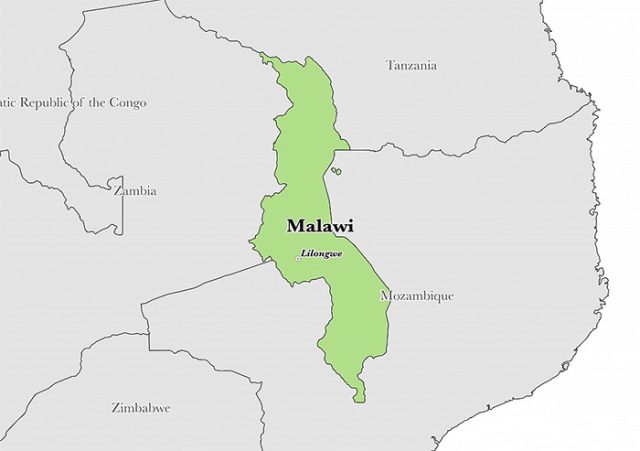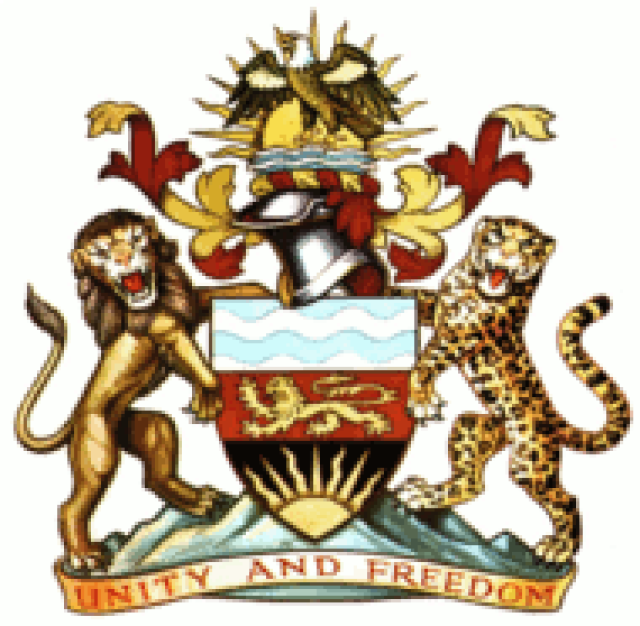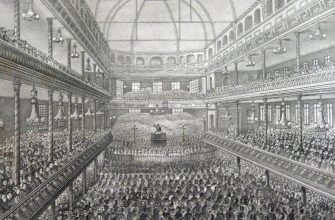Republic of Malawi
President: Lazarus Chakwera of the Malawi Congress Party; sworn in in June 2020 for a five-year term
Land area: 36,324 sq mi (94,079 sq km); total area: 45,745 sq mi (118,480 sq km)
The population of Malawi is 18.1M (2019 est.), with a 3% annual growth rate
The capital city is Lilongwe – population of 978,000 (2014 est.)
The largest city is Blantyre – population of 1,068,681 (2015)
Monetary unit: Kwacha
Languages: Chichewa 57.2% (official), Chinyanja 12.8%, Chiyao 10.1%, Chitumbuka 9.5%, Chisena 2.7%, Chilomwe 2.4%, Chitonga 1.7%, other 3.6% (1998)
Ethnicity/race: Chewa, Nyanja, Tumbuko, Yao, Lomwe, Sena, Tonga, Ngoni, Ngonde, Asian, European
The main religions are Christianity and Islam. There are no accurate estimates on the religious affiliation of Malawi’s population, but it is estimated that 68% of the country is Christian while 25% is Muslim. In 1998, these estimates were Christian at 80% and Islam at 13%.
Malawi is one of the least developed countries in the world with an economy centered on agriculture and a population that is mostly rural. The government depends a great deal of outside aid. There is a low life expectancy in Malawi with a high infant mortality rate and a high prevalence of HIV/AIDS (12% of the population). It is estimated that there are approximately 1800 births per day and almost 400 deaths per day.
Literacy rate: 63% (2003 est.)
Economic summary: GDP/PPP (2005 est.): $7.645 billion; per capita $600. Real growth rate: 1%. Inflation: 15.4%. Unemployment: n.a. Arable land: 20%. Agriculture: tobacco, sugarcane, cotton, tea, corn, potatoes, cassava (tapioca), sorghum, pulses, groundnuts, Macadamia nuts; cattle, goats. Labour force: 4.5 million (2001 est.); agriculture 90%, industry and services 10% (2003 est.). Industries: tobacco, tea, sugar, sawmill products, cement, consumer goods. Natural resources: limestone, arable land, hydropower, unexploited deposits of uranium, coal, and bauxite. Exports: $364 million f.o.b. (2005 est.): tobacco 60%, tea, sugar, cotton, coffee, peanuts, wood products, apparel. Imports: $645 million f.o.b. (2005 est.): food, petroleum products, semimanufactures, consumer goods, transportation equipment. Major trading partners: South Africa, U.S., Germany, Egypt, UK, Mozambique, India, Zimbabwe, Zambia, Tanzania (2004).
Member of Commonwealth of Nations
Communications: Telephones: main lines in use: 45,000 (2000); mobile cellular: 49,000 (2000). Radio broadcast stations: AM 9, FM 5 (plus 15 repeater stations), shortwave 2 (plus a third station held in standby status) (2001). Radios: 2.6 million (1997). Television broadcast stations: 1 (2001). Televisions: n.a. Internet Service Providers (ISPs): 3 (2002). Internet users: 35,000 (2002).
Transportation: Railways: total: 797 km (2002). Highways: total: 28,400 km; paved: 5,254 km; unpaved: 23,146 km (1999 est.). Waterways: 144 km; Lake Nyasa (Lake Malawi) and Shire Riverall. Ports and harbours: Chipoka, Monkey Bay, Nkhata Bay, Nkhotakota, Chilumba. Airports: 43 (2002).
International disputes: dispute with Tanzania over the boundary in Lake Nyasa (Lake Malawi) and the meandering Songwe River remain dormant.
Information source: Infoplease.com


















